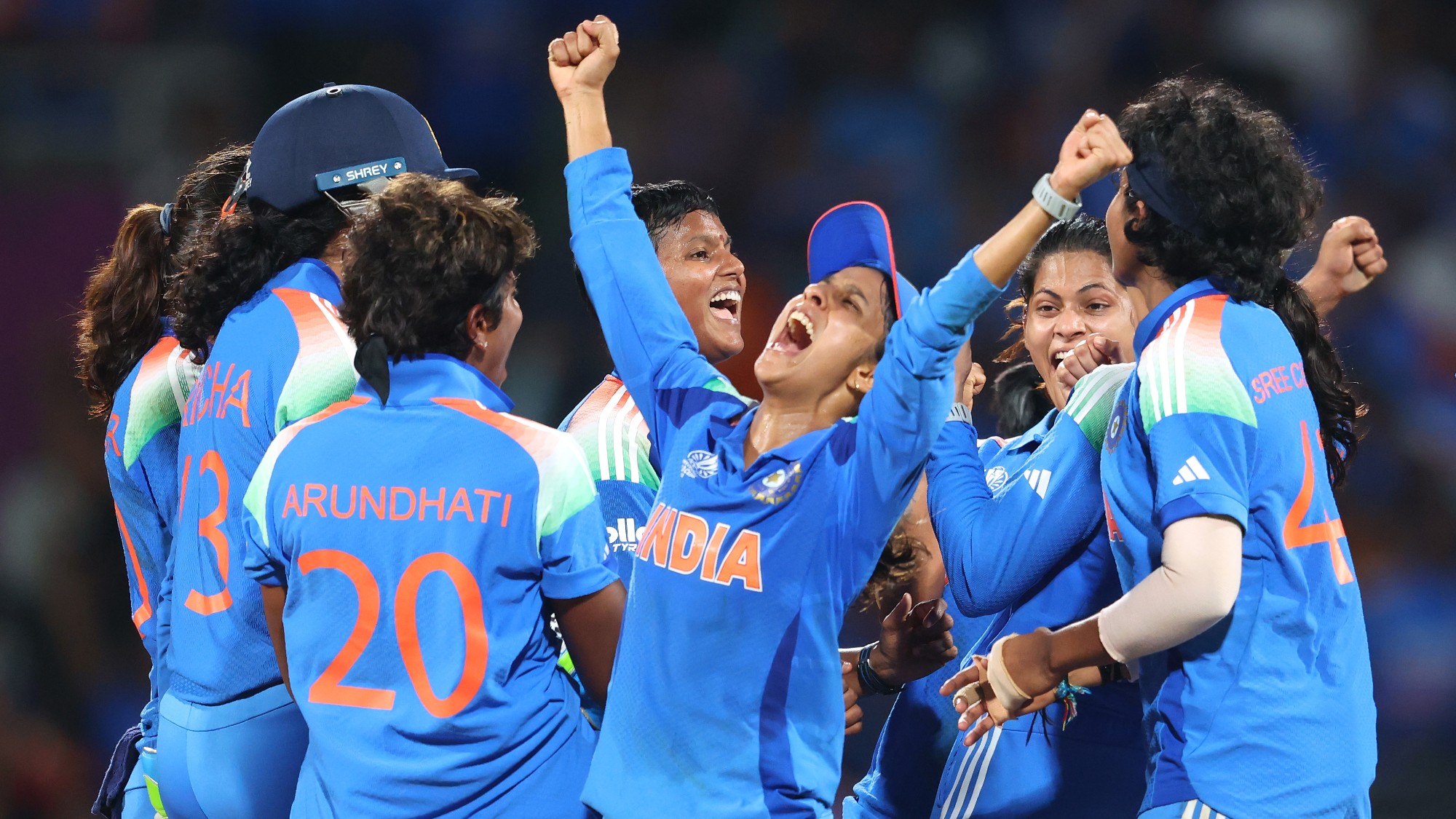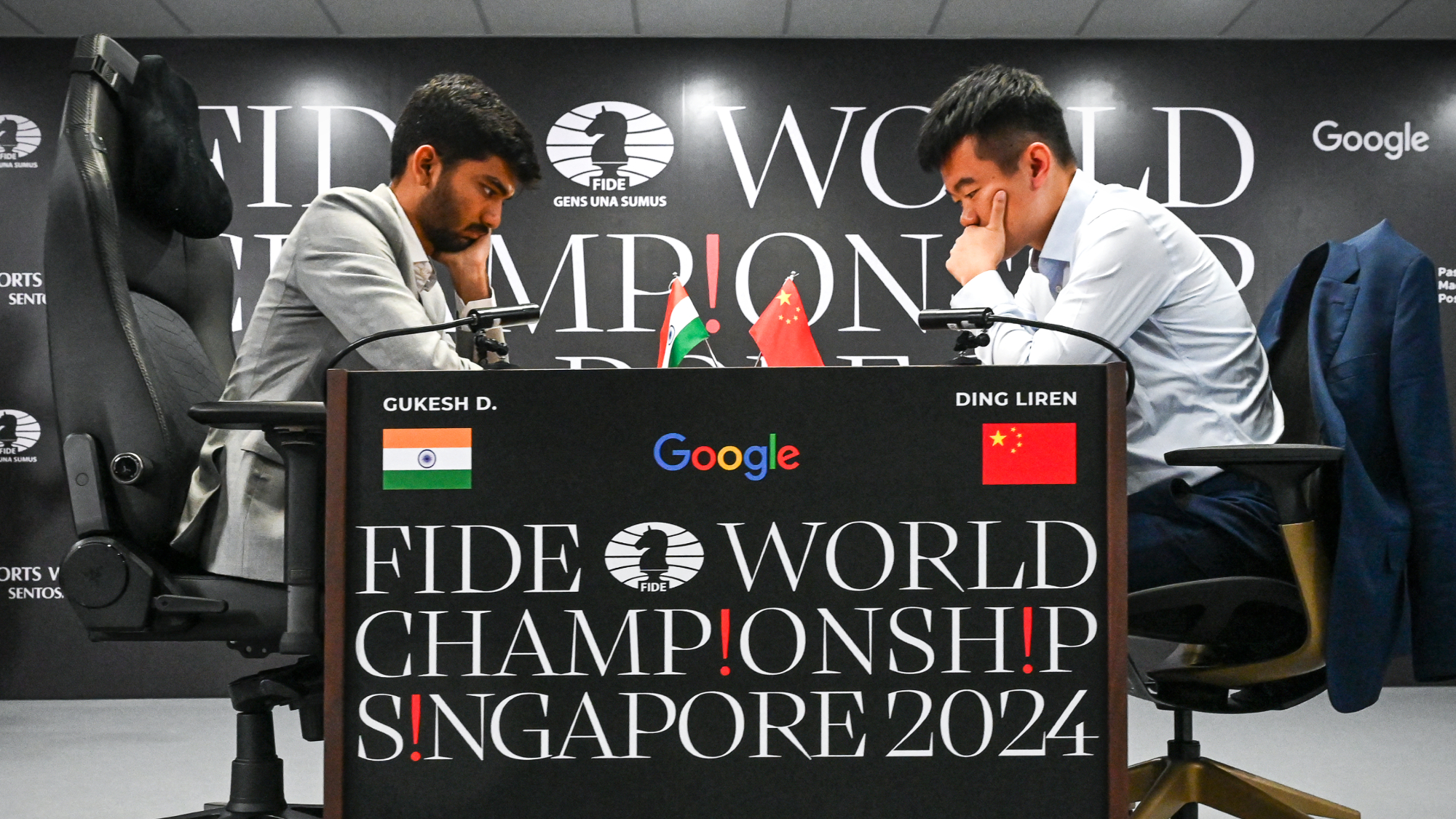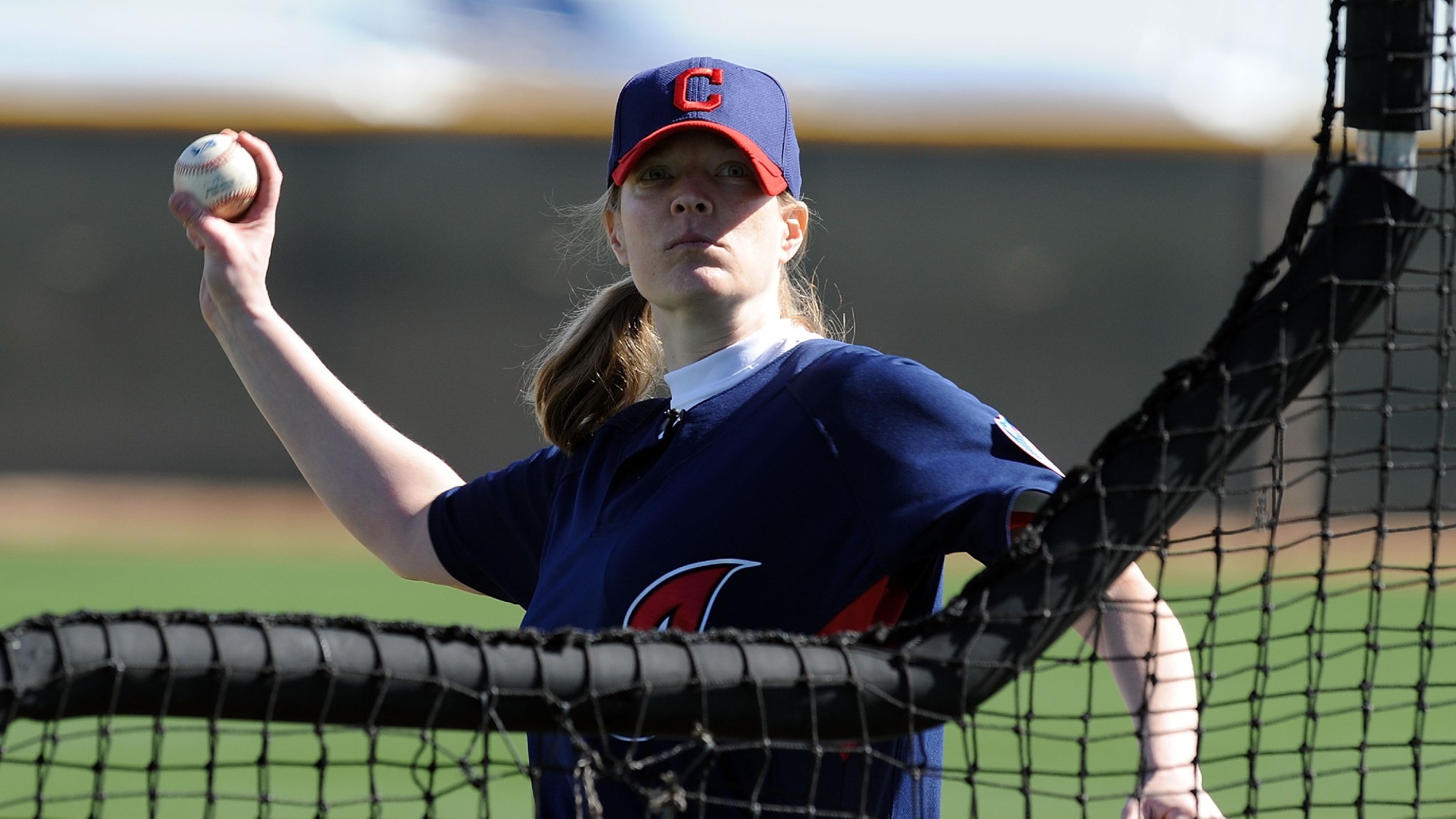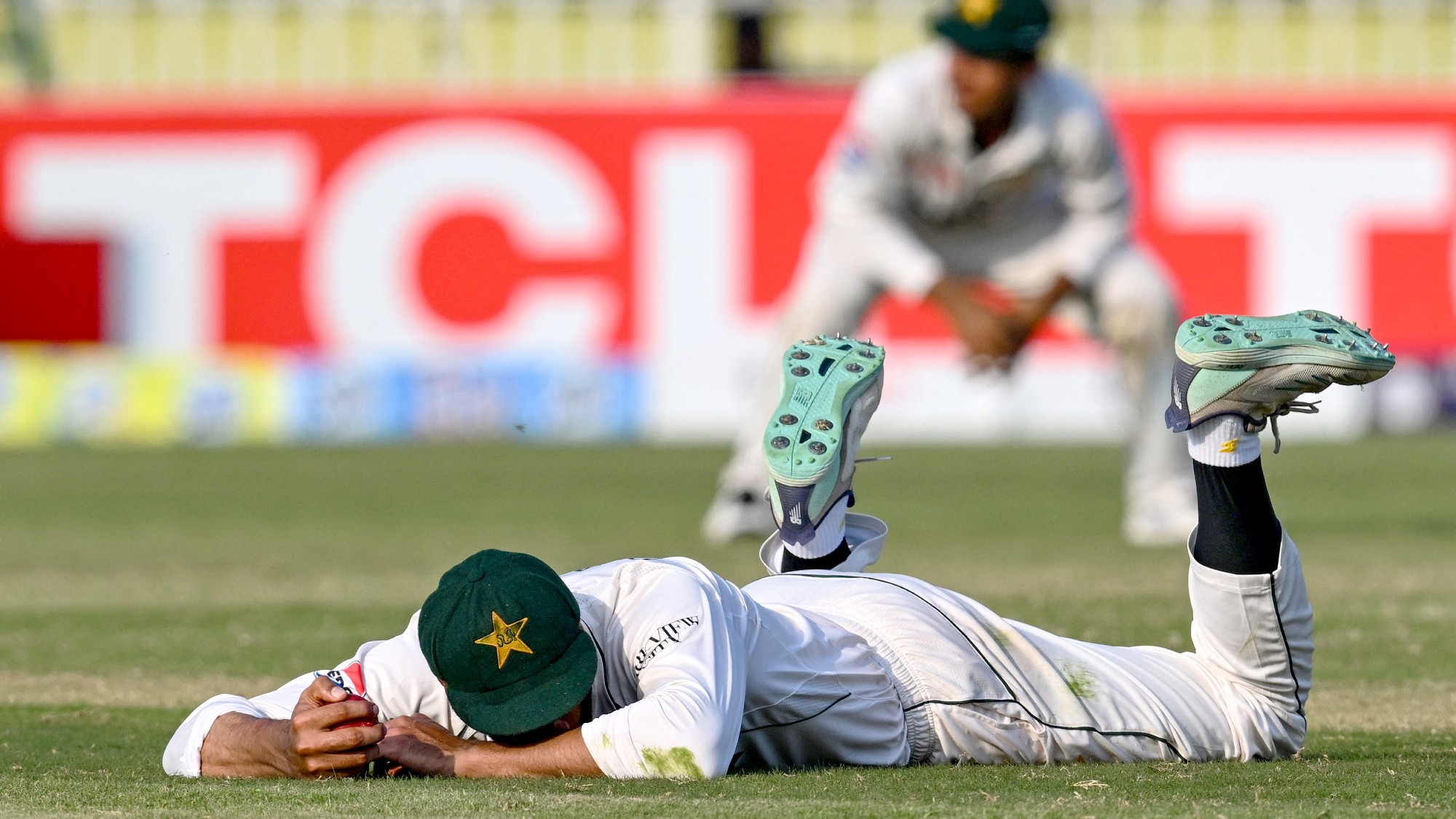What India’s World Cup win means for women’s cricket
The landmark victory could change women’s cricket ‘as we know it’

India’s first victory in cricket’s Women’s World Cup will have huge ramifications for global order of the sport.
Harmanpreet Kaur’s team beat South Africa by 52 runs in yesterday’s final, in front of a deafening 45,000-strong crowd in Navi Mumbai – ending Australia’s decade-long dominance in the sport. With this milestone win, India’s women cricketers have “turned long-cherished dreams into reality” and “etched their names in history”, said The Hindustan Times.
It’s a “a wake-up call” for the rest of the world, and a win that could “spell the end for women’s cricket as we know it”, said Sonia Twigg in The Telegraph. India has become the the first country other than Australia or England to win a Women’s World Cup since 2000, and, with greater funding and increased home support, “it is hard to believe” their women cricketers “will stop there”.
‘New levels of stardom’
As Kaur clung on to her match-winning catch, India’s women cricketers entered a “brave new world”, said P.K. Ajith Kumar in The Hindu. Star players like Smriti Mandhana, Deepti Sharma and Shafali Verma have become “household names” overnight, and been propelled to “new levels of stardom across India”.
The Week
Escape your echo chamber. Get the facts behind the news, plus analysis from multiple perspectives.

Sign up for The Week's Free Newsletters
From our morning news briefing to a weekly Good News Newsletter, get the best of The Week delivered directly to your inbox.
From our morning news briefing to a weekly Good News Newsletter, get the best of The Week delivered directly to your inbox.
For Verma, the final’s Player of the Match, the path to yesterday’s success has been marked by significant setbacks. That “rollercoaster ride” began in the “conservative northern state of Haryana”, where, as a girl, she cut her hair short so she could play in the boys’ team, said Agence France-Presse. Her fearless batting soon led to her international debut at the age of 15, and she became the youngest cricketer to play in a women’s T20 for India. But she had recently fallen out of favour with the selectors, and was only in Sunday's final because a teammate had injured her ankle. Her 87 runs (from 78 balls) included her first 50 in three years – and made her, at 21 years and 278 days, the youngest person ever to hit a half-century in a Women’s World Cup final.
India were “late to develop the women’s game”, said Twigg in The Telegraph, and the last time the Women’s World Cup was held in India, in 2013, it “made barely a ripple” on the country’s consciousness. The national team was put up in a “budget hotel”, and had to warm up against under-16 and under-19 boys’ teams. The publicised venue for the final – Mumbai’s historic Wankhede Stadium – was even changed at the last minute to accommodate the men’s domestic Ranji Trophy final.
Belief ‘that women deserved more’
India’s victory on Sunday owes much to star performances by Verma and by Sharma (named Player of the Tournament) but many also attribute the team’s success to major administrative and strategic overhauls behind the scenes.
India’s win was a “vindication” for policy changes that “dared to believe women deserved more”, said Amar Sunil Panicker in India Today. In October 2022, the Board of Control for Cricket in India unanimously passed a resolution for pay parity between men and women. Women’s cricket in India was once defined by the “exceptionalism” of a few individuals who “succeeded despite the system”. Now, “for perhaps the first time, success feels like the result of the system working for them”.
A free daily email with the biggest news stories of the day – and the best features from TheWeek.com
More money is entering the women’s game globally, too. The Australian women’s Big Bash League doubled their team salary cap in 2023 and, last week, the organisers of The Hundred competition in England and Wales announced a 100% increase in the women’s salary pot for the 2026 season – though these salaries are still significantly behind those offered to male players.
Will Barker joined The Week team as a staff writer in 2025, covering UK and global news and politics. He previously worked at the Financial Times and The Sun, contributing to the arts and world news desks, respectively. Before that, he achieved a gold-standard NCTJ Diploma at News Associates in Twickenham, with specialisms in media law and data journalism. While studying for his diploma, he also wrote for the South West Londoner, and channelled his passion for sport by reporting for The Cricket Paper. As an undergraduate of Merton College, University of Oxford, Will read English and French, and he also has an M.Phil in literary translation from Trinity College Dublin.
-
 5 prize-winning cartoons about Donald Trump's appetite for awards
5 prize-winning cartoons about Donald Trump's appetite for awardsCartoons Artists take on operatic ambitions, peace prize pacifiers, and more
-
 Will Trump’s $12 billion bailout solve the farm crisis?
Will Trump’s $12 billion bailout solve the farm crisis?Today’s Big Question Agriculture sector says it wants trade, not aid
-
 ‘City leaders must recognize its residents as part of its lifeblood’
‘City leaders must recognize its residents as part of its lifeblood’Instant Opinion Opinion, comment and editorials of the day
-
 Will Japan’s first female prime minister defy sumo’s ban on women?
Will Japan’s first female prime minister defy sumo’s ban on women?Under the Radar Sanae Takaichi must decide whether to break with centuries of tradition and step into the ring to present the trophy
-
 How should the cricketing world handle Afghanistan?
How should the cricketing world handle Afghanistan?Talking Point England under pressure to boycott upcoming men's match against the nation, which remains an ICC member despite Taliban ban on women's team
-
 Chennai's chess champions
Chennai's chess championsIn The Spotlight The Indian city is 'churning out' a flood of chess 'wizards' and 'geniuses'
-
 Indian teen is youngest world chess champion
Indian teen is youngest world chess championSpeed Read Gukesh Dommaraju, 18, unseated China's Ding Liren
-
 Women are getting their own baseball league again
Women are getting their own baseball league againIn the Spotlight The league is on track to debut in 2026
-
 What's wrong with Pakistan's cricket team?
What's wrong with Pakistan's cricket team?Under the Radar Dramatic downfall of previous powerhouse blamed on poor management and appointments of regime favourites at governing body PCB
-
 Should American pro sports ditch their player drafts?
Should American pro sports ditch their player drafts?Talking Points Why the NWSL is embracing free agency for new players
-
 Biles takes all-around gold at Olympics
Biles takes all-around gold at OlympicsSpeed Read Simone Biles won the women's Olympic all-around gymnastics competition in the Paris Games